I recently have had the pleasure of meeting Nura, a very kind student from the Hausa tribe in Northern Nigeria (where hedgehogs come from). Nura has spent the last year with us and has recently returned to Nigeria. Before returning to Nigeria Nura introduced me to his friend Ukasha who has sent me pictures of hedgehogs in the wild! These two gentlemen have taught me about more about hedgehogs in Africa than I could have ever hoped. I hope you will enjoy the pictures and hedgehog info straight from Africa!
Thank you Nura and Ukasha!
Hedgehogs in Africa
All graphics and information on these pages are property of Rose City Hedgehogs.© 2011 Rose City Hedgehogs, LLC.All rights reserved.USDA licensed #92-A-0378

Nura
 Ukasha
Ukasha
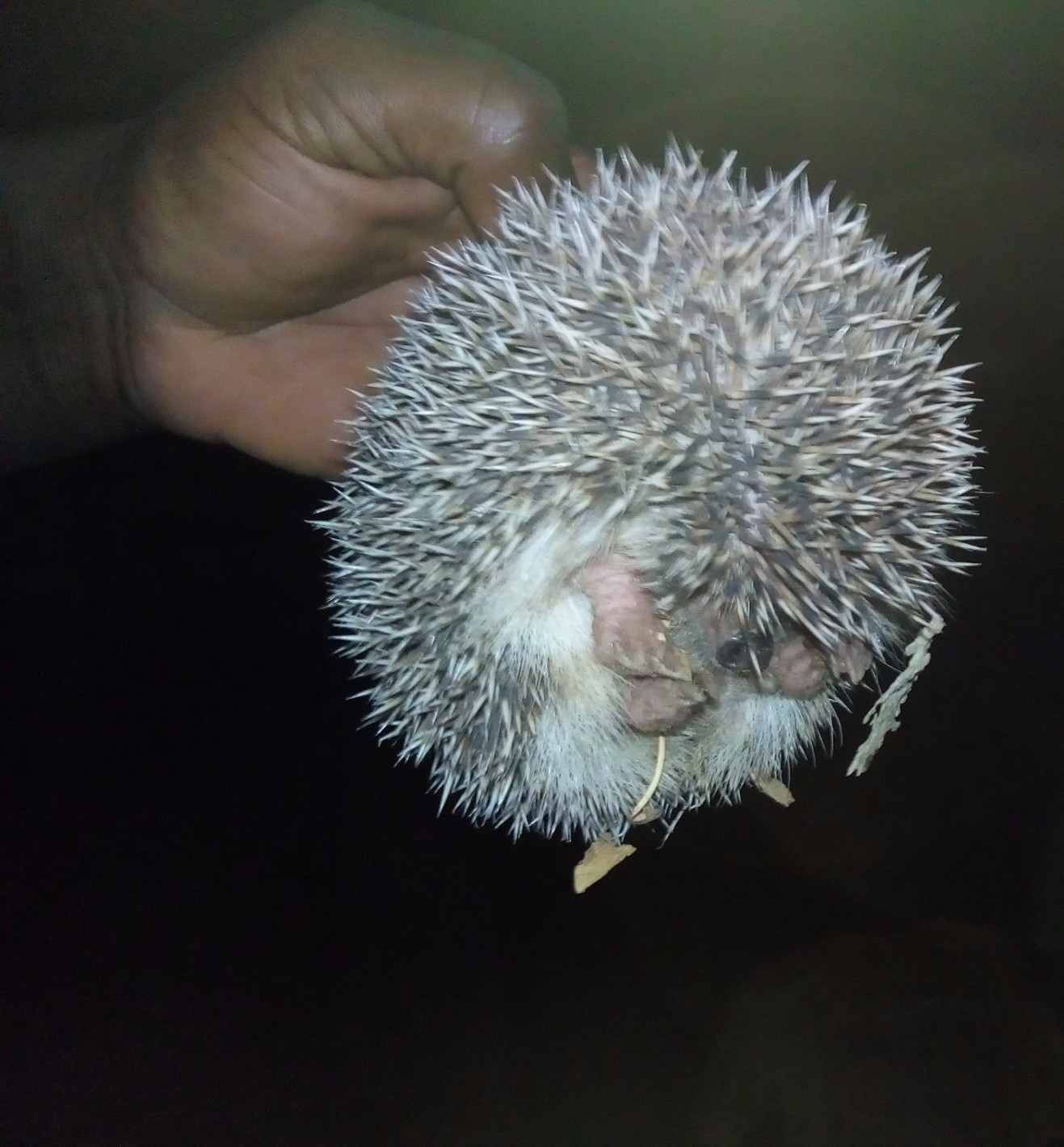 In Africa the hedgehog is known as BUSHIYA.
In Africa the hedgehog is known as BUSHIYA.
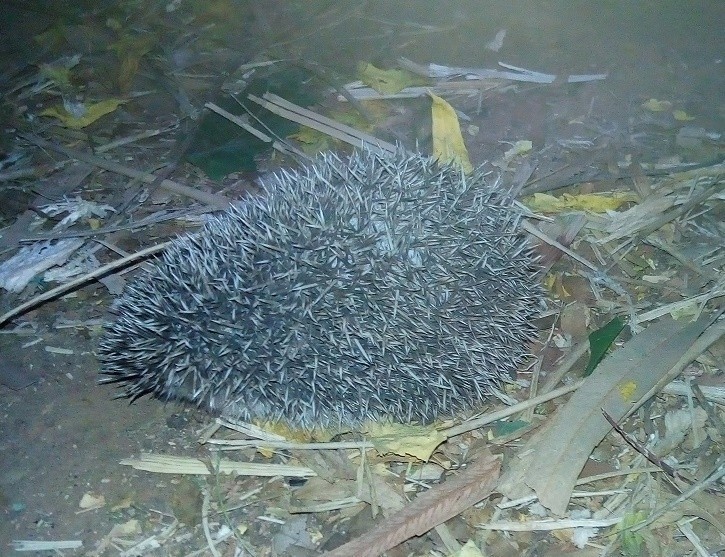
Ukasha found this hedgehog near his home. Typically you will find hedgehogs living under cultivated farm produce from groundnut, millet and bean farms.
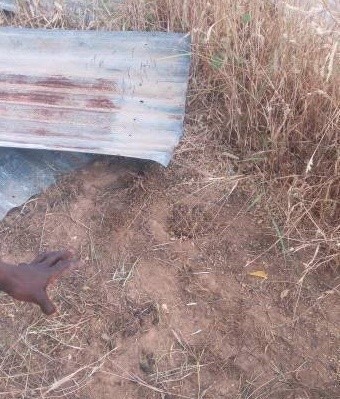
In this Photo, Ukasha is trying to show hedgie poop and a hole in which a hedgehog may have taken up residence.
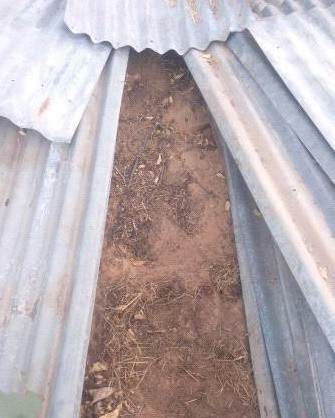
Hedgehogs can be found hiding under piles of things on the ground. They will also take up residence in holes that were dug by frogs and rats!
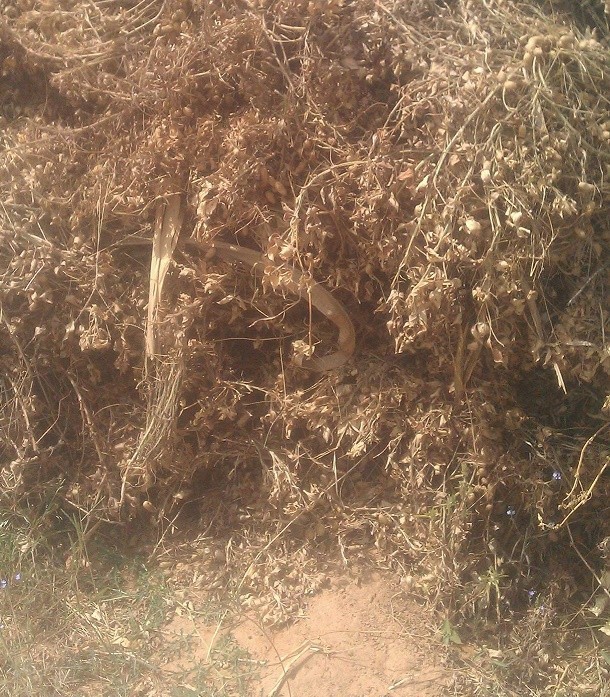
Around farm houses the farmers will pile up yard debris to invite the hedgehogs to move into. Although, traditionally the Hausa tribe believes spirits live in hedgehogs and fear them, they welcome them nearby because they eat the scorpions!
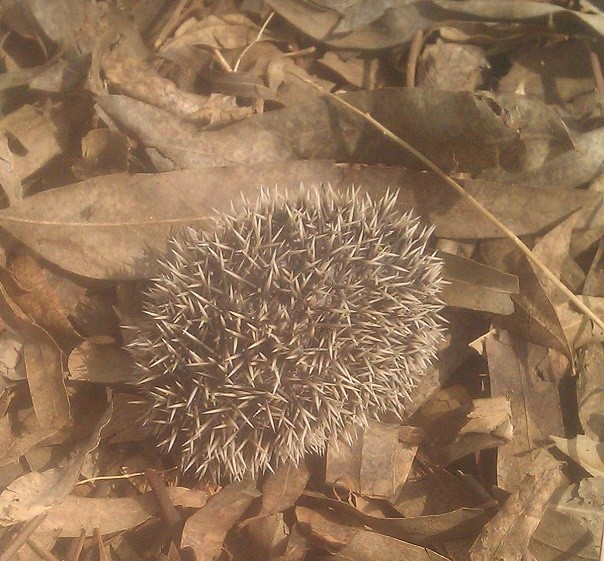
Hedgehogs don't come out at night to forage for food. Unlike the European hedgehog, the African Pygmy doesn't have to leave their shelter. The bugs they eat come right into the hedgehog's pile!
I love this video! When I send hedgehogs home to their new owner I warn them about taming and bonding with their hedgehog. The behavior of this wild hedgehog is a perfect example of what happens when you you don't tame your hedgehog. So many people think their hedgehog is "grumpy" when they see their hedgie behaving this way... The hedgehog isn't grumpy, it is just being a hedgehog!
Although we keep our captive bred hedgehogs in purple cages with plastic igloos embedded with glitter, I do like to try and meet their instinctive needs. I asked Ukasha to take pictures of the landscape of Nigeria in the area in which he found the hedgies he photographed. Its really important to take a look at their environment and take clues as to their natural habitat. Something you will notice is that there is no fleece. I'm totally being serious here (as ridiculous as that sounds). Our captive bred hedgies are not domesticated and still have the need to burrow and forage.
I also find it incredibly important to meet the dietary needs of our captive bred hedgehogs as their taxonomic order indicates. An important clue to take from their environment is that there are no fruit bearing trees or plants. Northern Nigeria only has seasonal rainfall and no irrigation technology. The Farmer's crops don't consist of fruits and veggies but of millet, groundnut, and sesame. It is no wonder hedgehogs never evolved to have a cecum (necessary for digesting plant matter)! Hedgehogs in the wild just don't come across the watermelon, cilantro, carrots or peas that everyone wants to feed them! Any Nigerian will tell you that Bushiya eat BUGS and GRUBS. True to their taxonomic order.
Ukasha asked me what we Americans do with hedgehogs. I told him that we hold them, play with them, and definitely LOVE them. He seemed a little bewildered and told me they are everywhere in Nigeria and no one cares about them. In fact, the women are scared of them! Probably in the same manner as if a mouse is found in the house.
Photo credits to
Ukasha Muhammad Katagum.
Thank you dear friend!
Ukasha took these pictures in the city of Azare, Bauchi State in the North Eastern part of Nigeria. Some of the pictures were taken in a village called Gadau which is about 16 kilometers from Azare. Both places are in a very desert climate with the vegetation consisting of isolated areas of thorny shrubs. Again, it is important understand the climate in which our hedgehogs come from so that we can to the best to replicate it in captivity as they are not domesticated pets.
Habitat considerations should include a heat source that dries out or Pacific Northwest air; movable bedding for burrowing (hedgehogs often use holes dug by frogs for housing); not offering fruits and vegetables as vegetable gardens or fruit bearing plants and trees are not found in Northern Nigeria.